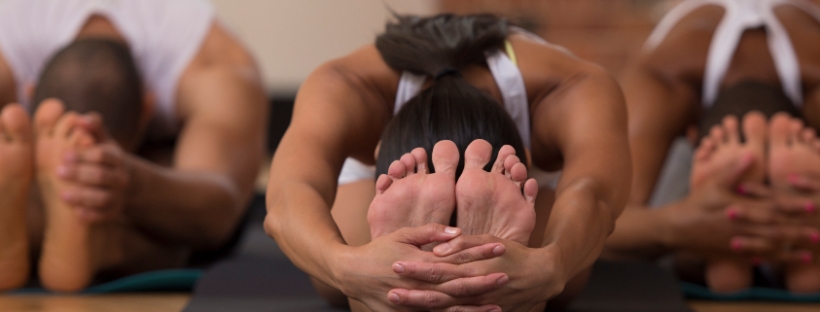Do you have tight hamstrings? Common sense would be to stretch them right? What if I told you that some of you could stretch your hamstrings all day long, and nothing would change? Let me explain…
We are taught that if something is “tight” we need to stretch it or increase our mobility, but what we don’t do is try and work out WHY the muscle/joint is tight in the first place.
So what actually causes tight hamstrings?
 Tight muscles can just be caused by training or being very active and not stretching, most commonly recognised as ‘DOMS’ (delayed onset of muscle soreness). However a lot of the time, that is not the case… at lease not the only contributing factor to the tightness.
Tight muscles can just be caused by training or being very active and not stretching, most commonly recognised as ‘DOMS’ (delayed onset of muscle soreness). However a lot of the time, that is not the case… at lease not the only contributing factor to the tightness.
A common underlying cause is often neural tightness or nerve entrapment. Symptoms include some of the following;
- Pins and Needles in legs/feet
- Numbness or loss of sensation
- Feeling of tightness though back of legs
Nerves can become ‘stuck’ between muscles that are particularly tight, and this prevents them from gliding through the muscles smoothly. Over time, they will continue to get ‘trapped’ or ‘pinched’ between muscles, and will produce symptoms such as pins and needles and altered sensation.
How do I know if I have neural tension?
To see whether your hamstrings are tight or whether its actually underlying neural tension, you need to test your Sciatic nerve.
To do this, try mimicking the photo above.
- Slouch forward with your chin to your chest
- Start to straighten your leg as far as you can
- Bring your toes up towards you as far as you can
It is likely you will feel tightness along the back of your legs; hamstrings/ back of your knee/ calves/ feet… Now, keeping your body in this exact position, just lift your chin up and look straight ahead.
Has the tightness relieved? If yes, then you’ve got some neural tension!
If you are feeling a similar tension when you are stretching, and you’re not getting any more flexible – please stop! You will likely be over stretching your nerve, which is not comfortable and will not do you any good. You need to allow the nerve to move freely before you can begin to stretch the surrounding musculature.
Treatment of this issue depends on which part of the nerve is ‘trapped’. Any good sports or physiotherapist will be able to assist you with this, help you increase your flexibility and achieve your goals – not matter how large or small.. or bendy.
Thank you for reading, and as always – Keep it Simple!






